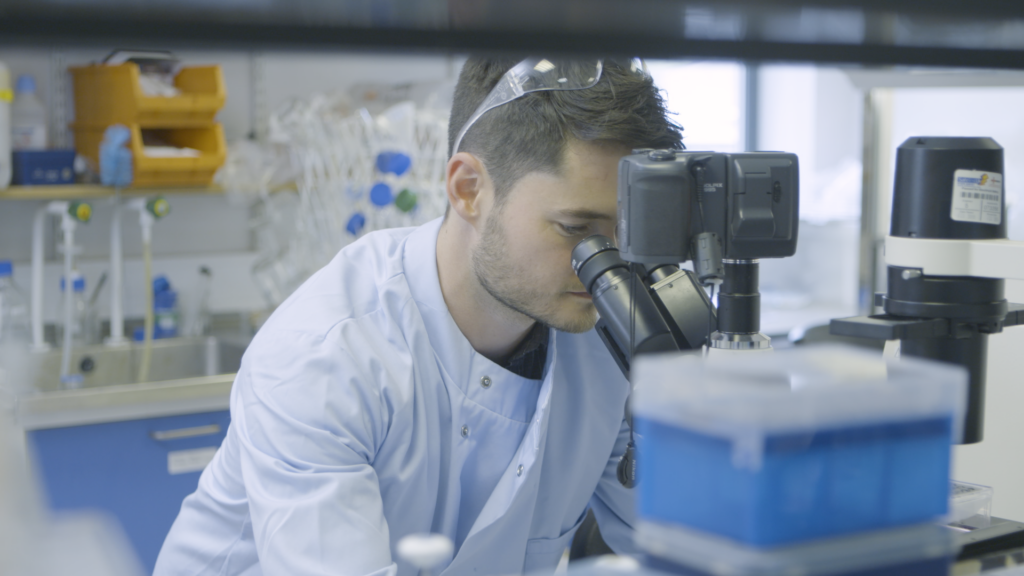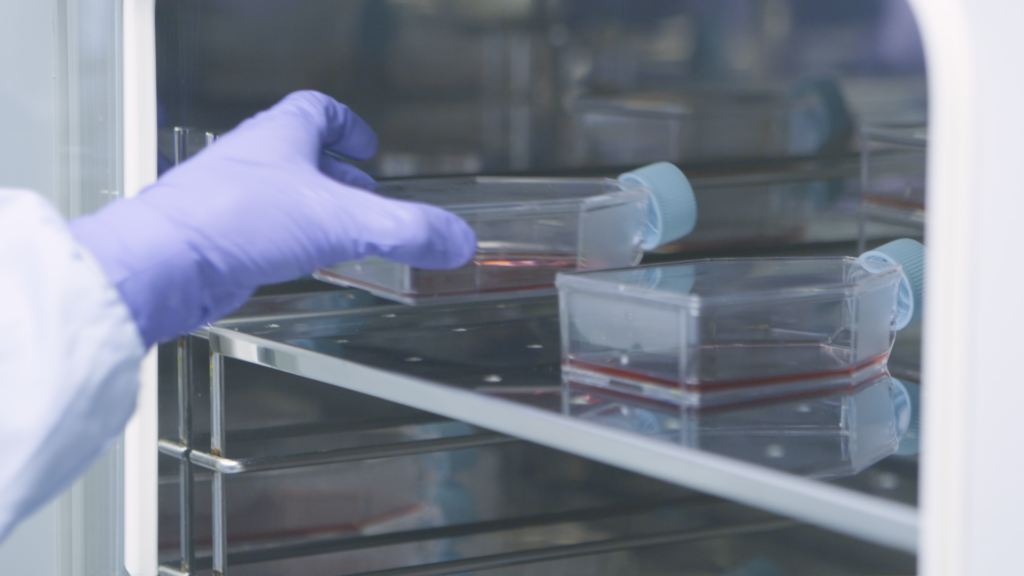Cellular Agriculture: Could Hollow Fiber Technology Create the Food of the Future?
An innovation in engineering could become the backbone of cultivated meat, seafood, milk, and plant cell-cultivated food production, complementing traditional farming by offering sustainable alternatives that require less land and water resources.
Cellular Agriculture Ltd believes that it can transform the future of cultivated foods with its next generation bioreactor technology and a focus on sustainability and ethics. According to the initiative, the food-safe hollow fiber membranes, designed with biomimetic properties that replicate natural cell growth environments, create optimal conditions for cell cultivation, ensuring higher protein yields with a smaller carbon footprint. Cellular Agriculture claims that this innovation allows them to maximize production efficiency while minimizing the space and resources required. By harnessing the power of cellular agriculture, they aspire to reshape the global food landscape, offering a promising solution to one of the planet’s most pressing challenges: feeding a growing population sustainably and equitably.
The initiative claims to be revolutionizing what has become known as “lab-grown food” by developing advanced bioreactor technology based on hollow fiber membrane systems.

Hollow fiber technology is not new, but Cellular Agriculture’s application for cultivated foods remains untapped. According to the company, they stand out by combining tissue engineering and cell biology principles to develop hollow fibers that biomimic the body’s vascular system. This innovation enables more cells to grow in a compact space, naturally and at scale. The technology aims to enable the cultivation of various foods, including cultivated meat, seafood, milk, and plant cell-cultivated foods, with a focus on meeting stringent food safety standards.
Current food production practices present environmental challenges, with livestock farming contributing to methane emissions and land use changes, and large-scale agriculture requiring substantial land and water resources. These challenges highlight the need to develop solutions for more sustainable food production. Cellular Agriculture suggests that adopting their technology alongside existing methods could help alleviate pressure on natural resources, preserving habitats and supporting biodiversity. They believe this scalable, sustainable solution could feed the world without compromising the health of the planet. Built around Cellular Agriculture’s mission to ensure global food security and restore the planet’s ecosystems, this could be a future-fit food system where cultivated foods are produced efficiently, ethically, and with minimal environmental impact.
Cellular Agriculture’s bioreactors are being designed to be highly adaptable, allowing for precise control over the production environment, reducing resource consumption, and drastically lowering greenhouse gas emissions compared to conventional farming practices. By integrating advanced bioprocessing, they aim to make cultivated foods affordable, scalable, and accessible to both developed and developing countries.
Their vision includes extensive collaboration with food producers, policy makers, and communities worldwide to implement and scale these technologies effectively. By making cultivated foods more accessible and affordable, the initiative hopes to democratize the food supply, providing nutritional security without geographical or economic barriers.
Learn more about Cellular Agriculture.
Written by Gilly Smith
Photos provided by Cellular Agriculture
